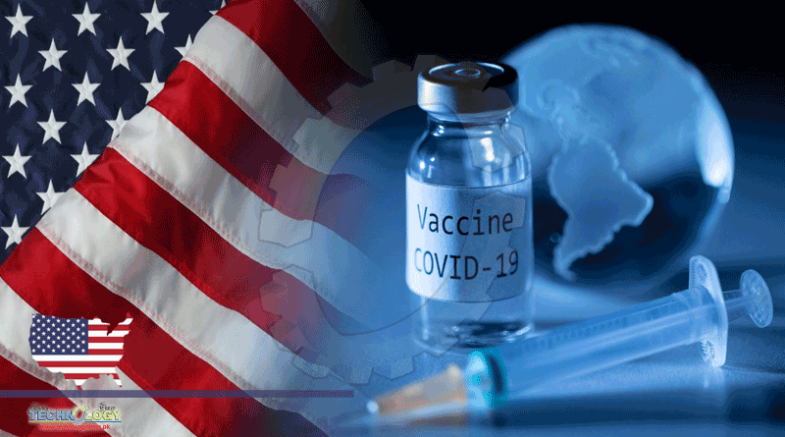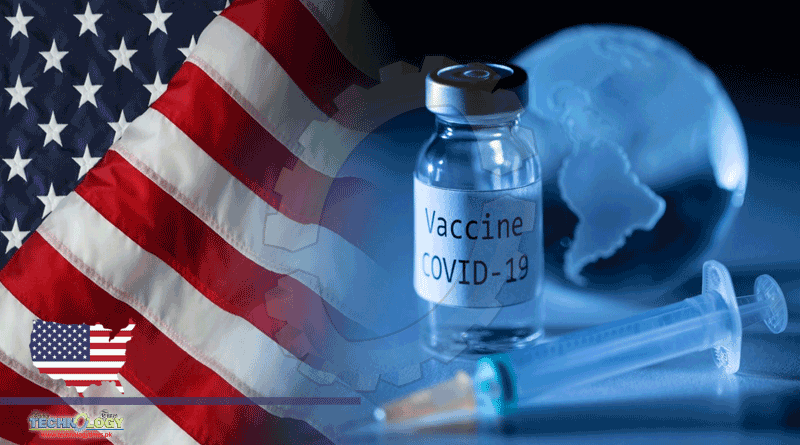To Help End A Pandemic In The United States And Globally, For The Past Year. “I Believe This Is The Weapon That Will End The War

With a quick jab to a nurse’s left deltoid, America entered a new phase in its fight against the coronavirus on Monday. Sandra Lindsay, a critical-care nurse at Long Island Jewish Medical Center, was believed to be the first American to receive the coronavirus vaccine outside a clinical trial, a sign of hope amid a pandemic that has infected more than 16 million and killed nearly 300,000 nationwide. “Sandra, you didn’t flinch,” New York Gov. Andrew M. Cuomo (D) said after the injection was administered, as he watched via live stream from his office. “It didn’t feel any different than taking any other vaccine,” said Lindsay, seated in a puffy blue armchair. But this vaccine is monumentally different. Developed in record time, it is expected, eventually, to help end a pandemic that has crippled much of life in the United States — and globally — for the past year. “I believe this is the weapon that will end the war,” Cuomo said.
Vaccinations were rolling out across the country starting Monday, with hospitals prioritizing front-line health-care workers. Batches were shipped overnight, following emergency use approval over the weekend. In several states, governors were on hand at hospital loading docks to look on as crates of dry-ice-packed vaccine were delivered to doctors and nurses who cheered their arrival. The first inoculation was heavy on symbolism: Long Island Jewish Medical Center was on the front lines of the covid-19 fight this spring, with a peak of 3,500 people hospitalized there as they battled the disease. More than 100,000 covid-19 patients have been treated at the facility in total.
But even as Cuomo, Lindsay and others watching live celebrated with cheers and applause, they also offered reminders that it will take months for enough people to be vaccinated to influence the broader course of the virus among the public. “There’s light at the end of the tunnel,” Lindsay said. “But we still need to wear masks and social-distance.” And even with the injection, Lindsay was not protected. The vaccine administered Monday — and developed by Pfizer with the German company BioNTech — takes two doses to achieve the 95 percent effectiveness that studies have shown.
The initial distribution of 2.9 million doses will come as much-needed relief for medical workers and residents and staffers at long-term care facilities. But it alone will not arrest the spread of a virus that has never been more prevalent or destructive in the United States than it is today. The first inoculations Monday came at a time when the United States is averaging more than 200,000 new cases and nearly 2,500 deaths each day. Both are record highs. Nonetheless, large segments of the population continue to ignore warnings to wear masks and avoid gatherings. A significant segment of the country also says it has no intention of getting immunized: Recent surveys have shown between 42 percent and 61 percent of Americans are willing to get vaccinated.
Monday’s vaccinations — carried out on television and via live stream on social media — were aimed squarely at upping that percentage “We just have to do it,” urged Cuomo, whose state was the epicenter of the country’s coronavirus fight this spring. “The vaccine doesn’t work if it’s in the vial.” President Trump — who has repeatedly mocked mask-wearing and other public health measures while touting the virtues of a vaccine — joined the celebration. “First Vaccine Administered,” he tweeted within minutes of Lindsay’s injection. “Congratulations USA! Congratulations WORLD!”
The United States was not the first country to administer the vaccine. That distinction belonged to Britain, which started inoculations last Tuesday with a shot in the arm of 90-year-old Margaret Keenan. Approvals in the United States took slightly longer. But many American hospitals on Monday were wasting no time getting the process underway, administering doses nearly as soon as they had been delivered. At UPMC Children’s Hospital of Pittsburgh, UPS driver Dallas White wheeled a single box of vaccine through the hospital’s loading dock and up to the pharmacy first thing Monday.
Once there, Lynn Peffer, an inventory specialist, and Carol Vetterly, the clinical pharmacy director, used tongs, a box cutter and even a cake knife to work their way through the thickly packaged parcel. Beneath a layer of dry ice, they found a container the size of a kitchen tile containing 975 doses of the vaccine. The doses were expected to be administered later Monday to front-line workers who interact with covid-19 patients, including emergency-room doctors, intensive care nurses, anyone assigned to patient transport and even custodial workers. In next-door Ohio, a UPS delivery truck carrying 975 doses of the vaccine arrived outside the Biomedical Research Tower at Ohio State University’s Wexner Medical Center in Columbus around 9:15 a.m., with Gov. Mike DeWine (R) on hand to escort them into the hospital.
Just over an hour later, the inoculations were underway.
“Vaccinators are you ready? Recipients are you ready? 3-2-1!,” Elizabeth Seely, chief administrative officer, announced to a room of 30 front line health care workers and administers of the vaccine.
The first six shots were met with cheers and applause.
Robert Weber, 63, chief pharmacy officer and one of the administers of the vaccine, said it was a “once in a lifetime opportunity.” “It’s something that I felt I really wanted to do,” Weber said. “Me administering a vaccine shows that even I would get it and I would administer it to our patients.” After waiting for a 30-minute observation period, a buzzer placed in front of each recipient went off, and they were checked by personnel to see if they had any systemic side effects or allergic reaction. Just over 200 miles away, at the University of Louisville Hospital, Kentucky Gov. Andy Beshear said he was feeling “the best I’ve felt since March 6,” the day when Kentucky counted its first covid-19 case. “Today is the day we start winning the war against covid.”
Kentucky’s first shots were given just after 11 a.m.
At Ochsner Medical Center in Jefferson, Louisiana, the administration of the first doses was streamed live on Facebook. The event was a slick production full of medical details such as how five doses are carried in each vial. But it was also treated as a public health messaging opportunity. Chief medical officer Robert Hart hosted interviews with a diverse group of staff as they got their shots, sending them off with “CV-19 vaccinated” stickers. The health system received 9,375 doses. “She is in the middle of it day in and day out,” he said of one nurse, Mia Yepez, who works in a covid-19 unit. Yepez said that it’s especially important for her to be there because she is African-American. She encouraged her colleagues and others in her community to get vaccinated.
“We want to be able to stop the many admissions,” she said. Many of the first health care workers who were vaccinated, including Lindsay, are Black. Louisiana is one of the many states where the Black community was hit hard by initial waves of the outbreak and where news of the vaccine has been greeted with some skepticism. When the presidents of two historically Black colleges — Walter M. Kimbrough of Dillard University and C. Reynold Verret of Xavier University of Louisiana — in early September announced they had volunteered to test one of the vaccines, many reacted on social media with alarm.
Students, parents and others expressed distrust of the medical establishment due to historical malfeasance and medical racism such as the Tuskegee syphilis experiment in which Black men in the study were left untreated. On Monday, some of that hesitation showed up on the medical center’s Facebook page with people commenting that they may eventually get the vaccine, but have decided not to at the moment. At the site of the first injections — Long Island Jewish Medical Center, which is in Queens — covid has taken a disproportionately large toll among African Americans and other people of color.
After Lindsay received her shot, Yves Duroseau, emergency medicine chair at Lenox Hill Hospital, was the second. Like Lindsay, he took the shot in his left arm in a conference room while news cameras clicked. Michelle Chester, director of employee health services for Northwell Health, administered both vaccines. “This is the beginning of the end of covid,” Chester said. “Together, as a community, as a nation we can end this.” Chester said she was “focused on the patient” while administering the vaccine to Lindsay, and learned she was the first to deliver a vaccine after the fact. Chester donned purple gloves and gave Duroseau a swift jab with a slender syringe.
- “Ready?” She said
- “Please,” Duroseau said.
- “Let’s do this!”
“There is science behind the vaccination,” Duroseau said afterward. “It is safe, I had no fear, no doubt.” He said he had seen “devastation” due to covid in his family, with the death of an uncle. Another of his family members is in the hospital with covid-19. “Everyone was waiting for this day,” he said. “It could not have come soon enough.” Cha and Witte reported from Washington. Nick Keppler in Pittsburgh, Jasmine Hilton in Columbus, Josh Wood in Louisville contributed to this report.
This news was originally published at Washington Post
